ApEx is beginning a 10-part InDepth series titled ‘Nepal’s Energy Myopia’ starting with a roundtable on the issue this week. The larger goal of the series is to take a deep dive into Nepal’s energy sector and unearth the opportunities and challenges and to question assumptions. For the roundtable, we welcomed five guests with expertise in different aspects of energy production and consumption to share their views on the series title.
Deepak Gyawali, Ex-Minister of Water Resources
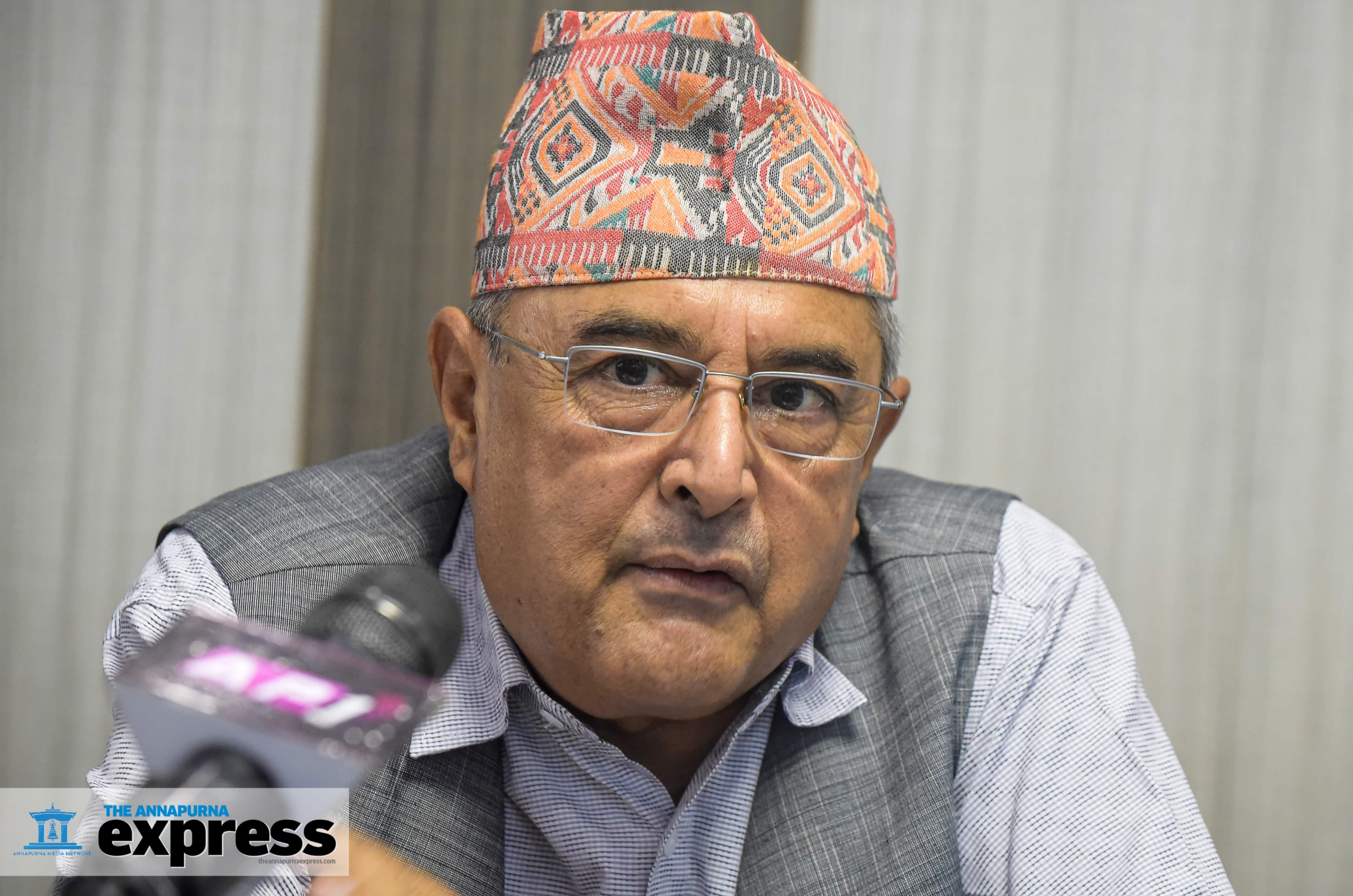
During the Panchayat regime, there used to be proper planning and sound vision for the energy sector. There was a sound projection of how our demand increases with time. Such planning and projection works are rather haphazard these days. There is no study involved.
The role of the private firms and foreign investors in Nepal’s energy sector increased significantly after the 1990s. Energy development licenses were issued to them willy-nilly, without carefully studying their projects and conditions.
Our per capita energy-consumption of around 300 units is the lowest in South Asia. This means we will need a lot of energy in the coming days. We have to switch to clean energy sources for cooking and transport, which means more hydropower. This cannot be achieved without the right vision. The fact is that the vision we had during the Panchayat period was scrapped after the restoration of democracy.
When it comes to investing in hydropower, we should concentrate on Nepali investors. Foreign investors seek more guarantees, want to put more risks on the government, and take home more profit. We must ask ourselves whether Nepal is really benefiting from their investment in hydropower. Existing policies make electricity more expensive, not cheaper.
The private sector should also introspect: does it seek to make profit by selling electricity after project completion or during the construction phase itself?
We have some targets in the energy sector but they are fundamentally wrong, with the focus on the sale of electric vehicles and other things. We are not focusing on what amount of fossil fuel we want to displace through such measures. In the past 14 years, we have failed to introduce the amended Electricity Act or to create a basic framework on how federal, provincial, and local governments should work in the energy sector. The entire sector is a mess. There are many areas where we can use clean energy including the ropeway, which consumes less energy than other means of transport. But we have not taken any initiative towards this end.
Bhushan Tuladhar, Clean energy campaigner
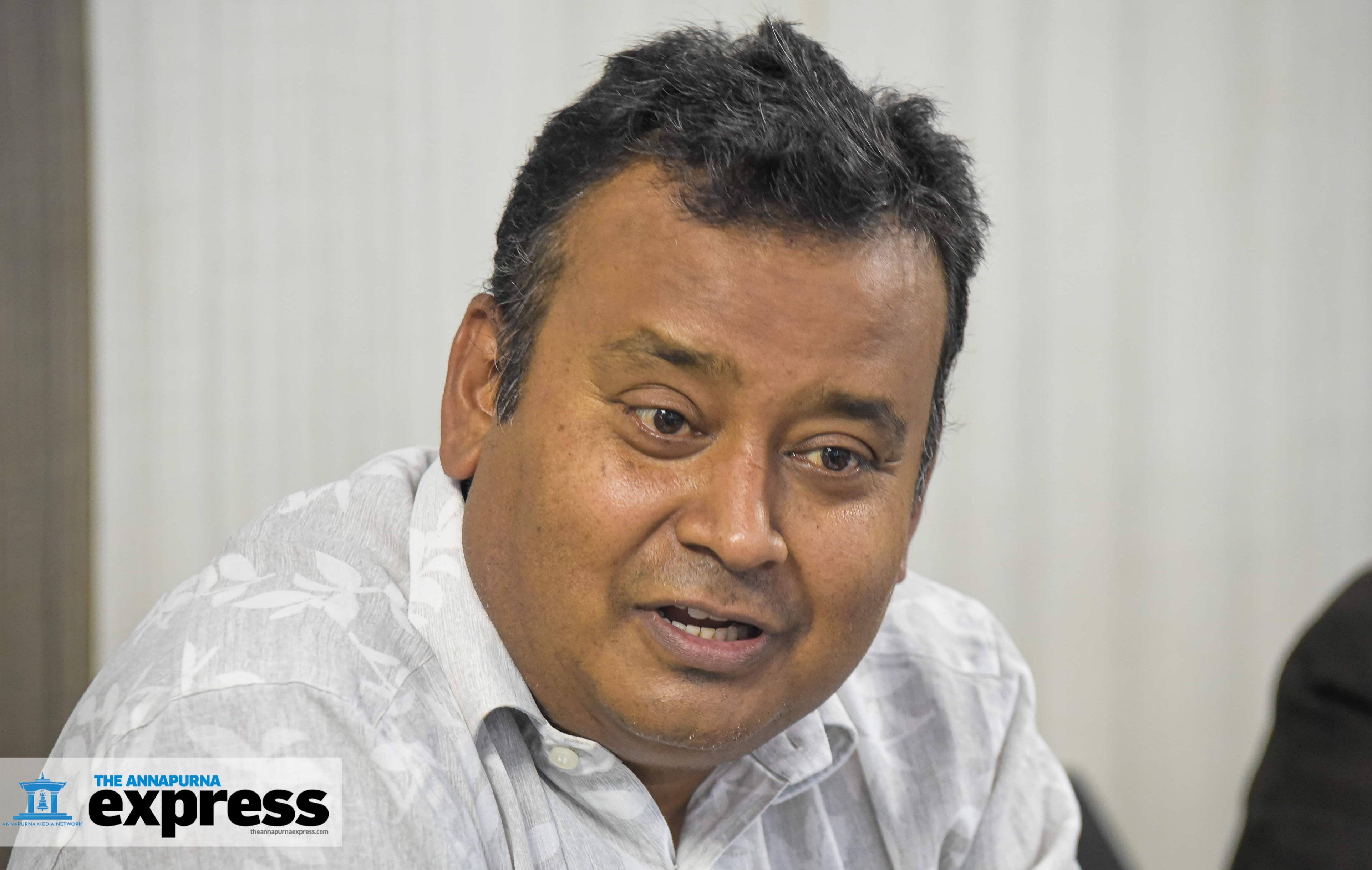
Certain clean energy targets have been fixed in Nepal, which is a positive thing. For example, Bagmati province has vowed to completely switch to electric vehicles by 2028 in its five-year plan. Likewise, the Ministry of Energy has set some targets in its white paper on the much-needed transition from traditional to clean energy. The Nationally Determined Contribution prepared by the government has pledged a net-zero energy system by 2045. There have been some serious studies while fixing these targets. But to achieve these goals, Nepal needs a clear path, which is missing.
For example, we have pledged that 25 percent of the vehicle sales in 2025 will be electric. But we lack a blueprint for this. In the absence of a clear roadmap, inconsistent policies and provisions appear in the annual budget, creating confusion.
Vague policies also discourage the private sector from investing. There is no clarity in our long-term plan on hitting targets in transport, cooking, and other sectors. What we need is a continuous campaign on the switch to clean energy. All state mechanisms, particularly local governments, must be mobilized in this, backed by a national commitment and of course a clear roadmap.
Our constitution mentions a clean environment as a fundamental right of citizens. But international studies show that every year approximately 42,000 Nepalis die from air pollution. There is a need for a revolution in our cooking system. Instead of exporting electricity to India, we must utilize it in cooking. About 67 percent of Nepalis still use the smoky biomass to cook. We need to launch a special campaign to switch to clean energy in our kitchens.
Madhusudhan Adhikari, Executive Director, Alternative Energy Promotion Center
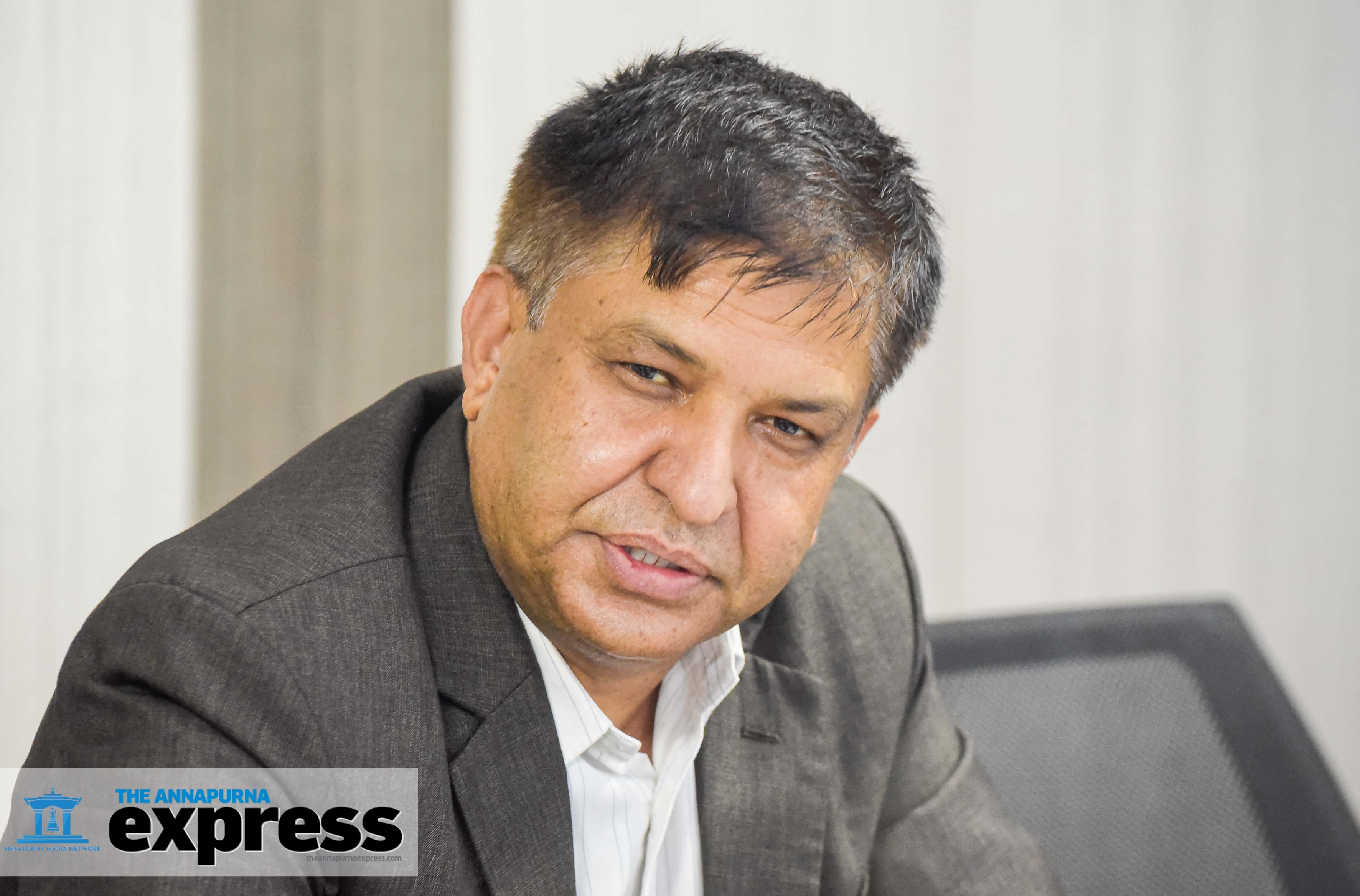
There is a misconception in Nepal that energy means electricity. The contribution of electricity in our energy mix is less than 10 percent. In other words, when we discuss energy in Nepal, we are debating on that 10 percent. We are not sufficiently utilizing modern and clean energy. We have the Energy Ministry, which functions more like a hydroelectricity ministry. This means there is no clarity of vision. We are investing our time, energy, and mind only in hydropower. We have to look at other sources of energy as well. Recent technologies are focused on other energy sources besides hydropower. So, in the future, hydropower could become the most expensive kind of energy.
There are also questions over whether our rivers are fit for hydroelectricity, given our problems with floods, landslides and other natural disasters. Even in hydropower, we are focusing on the run-of-the-river projects, with no attention being paid in building storage projects. Similarly, Nepal Electricity Authority is just focusing on power import and export. There are also many flawed provisions in our energy policy and our understanding of energy consumption is all wrong.
Our main target at this point is to lower fossil fuel imports. But we lack dedicated institutions and targeted effort to switch from conventional to clean energy. To check chronic pollution, electric cars should be made mandatory in Kathmandu after certain years.
High cost of production is a big barrier to the growth of Nepal’s energy sector. We should have a policy to decrease the cost of energy production.
Prakash Chandra Dulal, Executive Committee Member, Independent Power Producers’ Association, Nepal
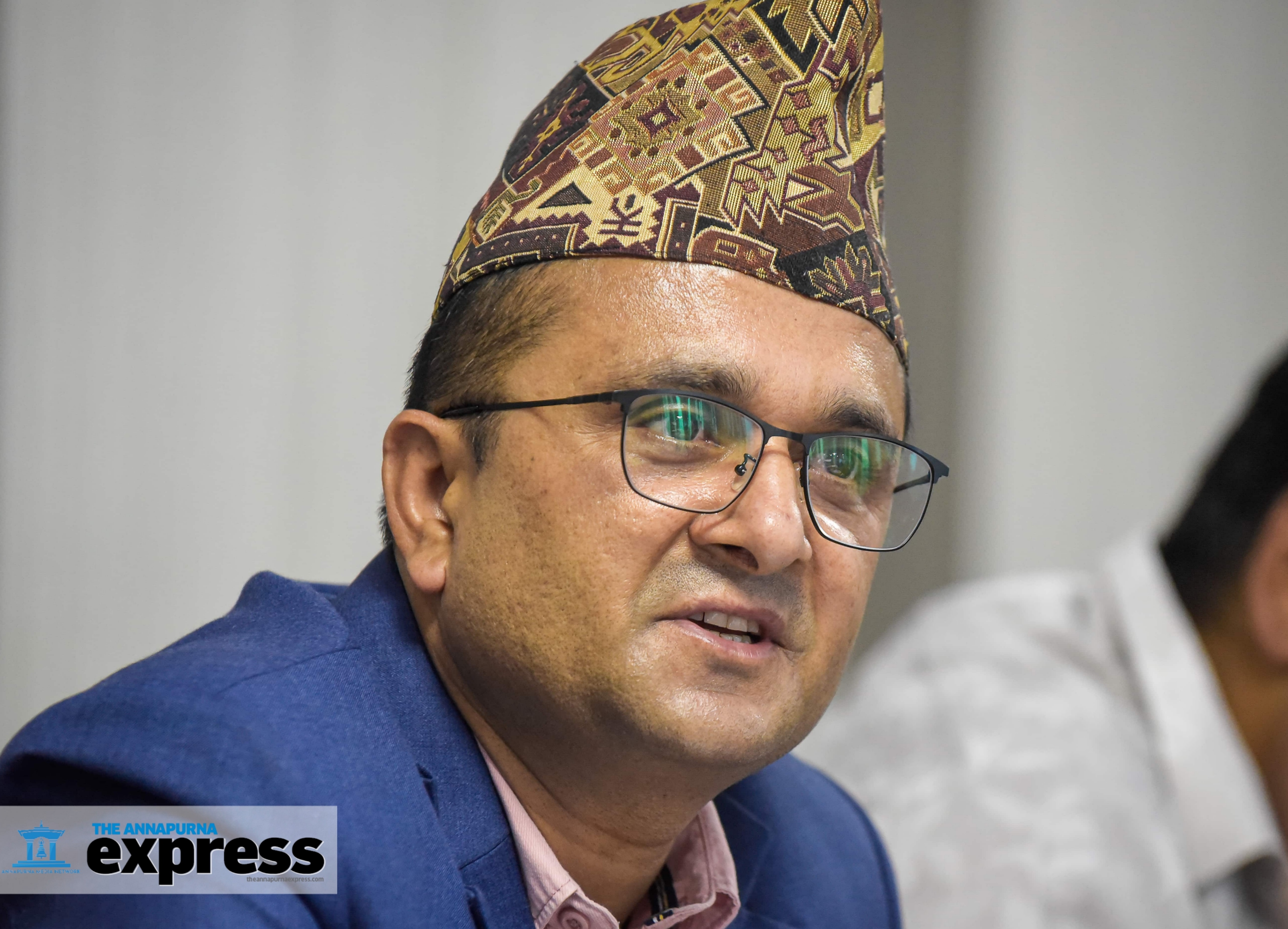
The new laws formulated after the restoration of democracy in 1990 guaranteed the private sector’s role in the energy sector. Nepal has some plans to develop the sector. For instance, the hydropower strategy promulgated in 2002 talks about the production of cheap electricity and encourages exports. Similarly, the document talks about the private sector’s role in hydropower development. We are not completely private entities but operating under the BOOT (build, own, operate, and transfer) model. The law talks about providing various facilities to hydropower projects. But then we have failed to build projects at low cost and to export electricity. Policy inconsistencies caused by frequent government changes is part of the problem.
The 15th plan prepared by the National Planning Commission talks about rapid production of hydroelectricity to boost the country’s energy sector and decrease the import of fossil fuels. Our policies are good; the problem is in implementation. Frequent government changes and with them a change of direction are a big impediment. Clearly, there is a need for the upgradation of the electricity supply system to encourage electricity-use in cooking. The federal, provincial, and local governments should come up with a clear plan on this.
For instance, municipalities and rural municipalities could declare themselves free from LPG gas and fully switch to electricity. To do so, all three levels of government should provide subsidies. With proper planning, local governments can implement this scheme within five years.
Sushil Pokhrel, Managing Director, Hydro Village Pvt Ltd
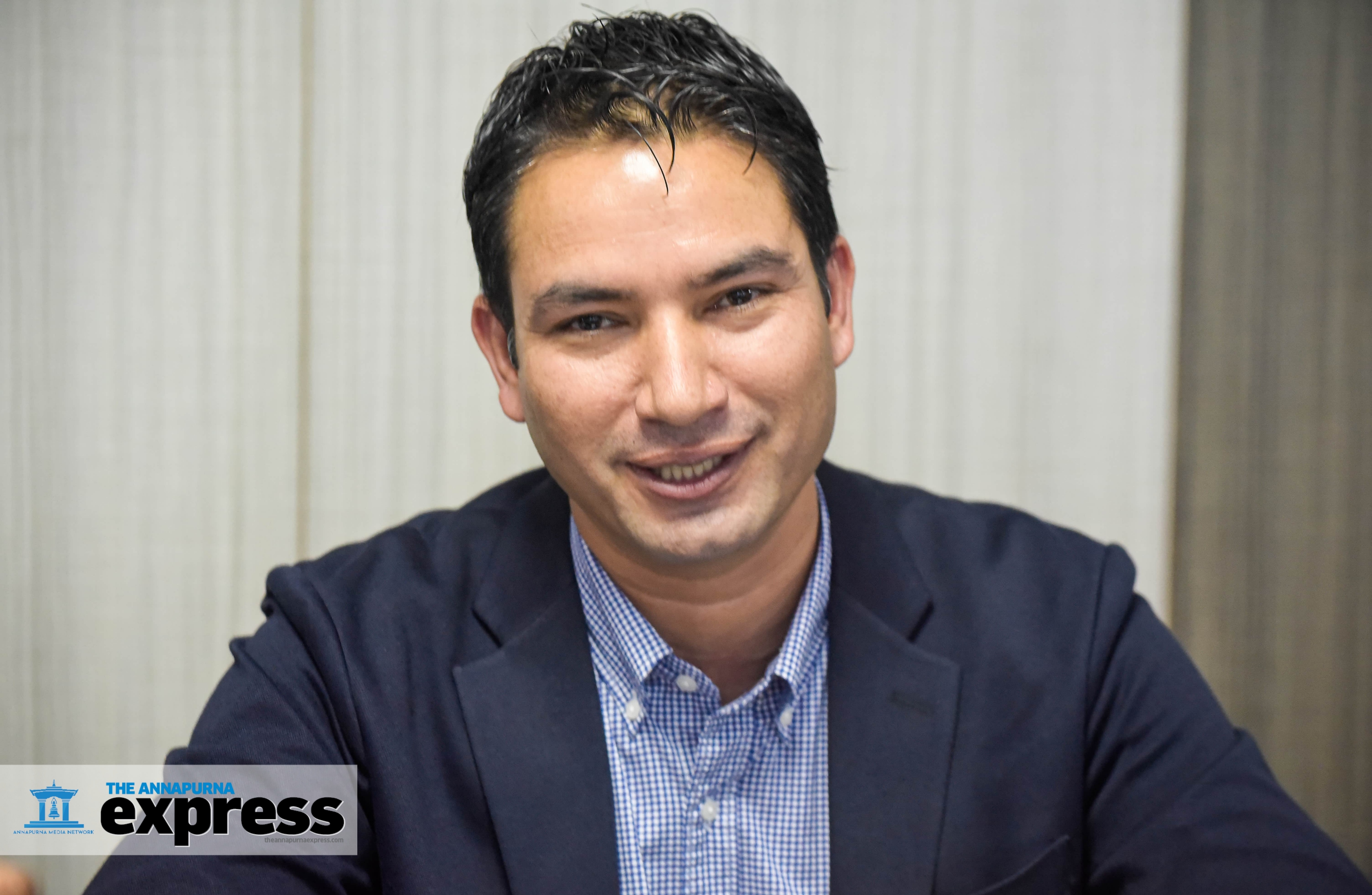
One-fifth of the world’s energy comes from hydropower. It has played a big role in the growth of countries like Bhutan, Norway, Canada, and the US. They are role models for us. Many countries have undergone economic revolutions through hydropower, so it is not wrong to advocate for it here in Nepal as well. The private sector has a high potential in hydropower. We have invested trillions of rupees. Scores of small and big hydropower projects are currently underway. With an integrated legislative framework or a one-door policy, there is no doubt we could have attracted more investment in hydropower.
But investing in Nepal’s hydropower projects is not enough. Foreign investment is low because of some flawed policies, for instance our failure to offer foreign investors an exit strategy. Established global companies are not investing in Nepal’s energy sector due to the country’s murky policies and regulations. If we fail to ensure minimum requirements, it will be difficult to attract investors. The hydropower sector has contributed a lot to Nepal’s social and economic transformation.
Power production is expensive due to lack of basic infrastructure, which is the government’s responsibility to build. We have to invest energy and resources to build infrastructure. Likewise, our notorious red-tapism scares away prospective investors. Investment process should be made clear and free of any ambiguity.
Another important issue is an investment-friendly climate. Nepal is not the only lucrative country for hydro-investment. We have to fix our issues to encourage more investment. After all, it is not just big businesspersons and investors who have stakes in hydropower projects. Even those of more limited means have a direct sake in it.











